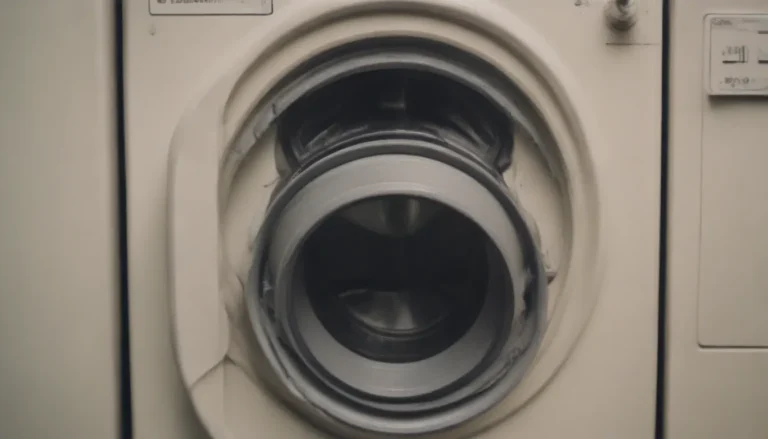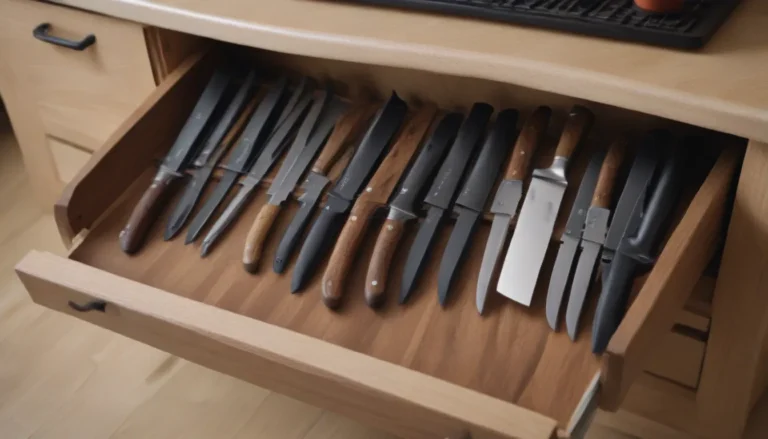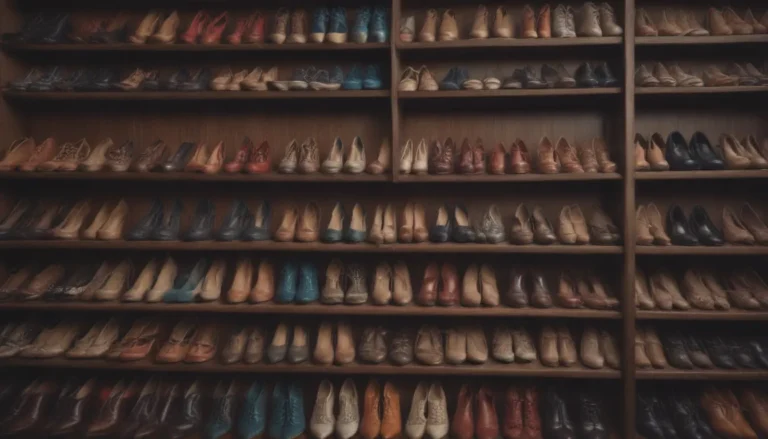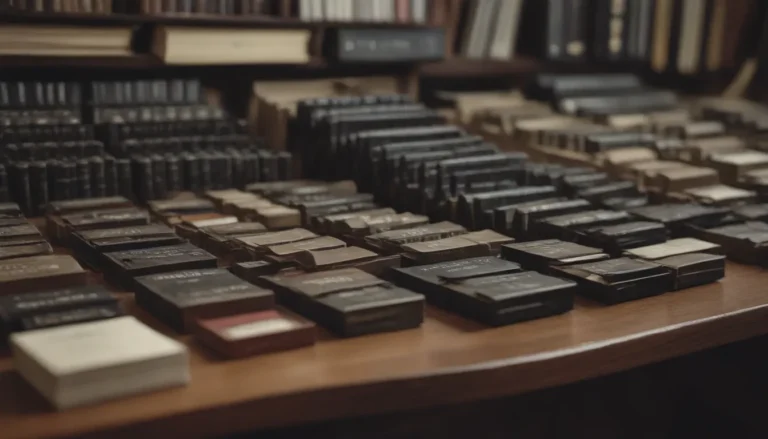The Ultimate Guide: How to Identify, Control, and Prevent Insects That Eat Holes in Clothes

Are you constantly finding mysterious tiny holes in your clothes and suspecting insects as the culprits? It’s important to be able to identify which insects are causing the damage so you can take the necessary steps to control and prevent further infestations. In this comprehensive guide, we will delve into eight common insects that eat holes in clothes, how to identify them, and effective methods to manage the problem. Let’s jump right in!
Identifying the Culprits
Here are eight insects commonly known for eating holes in clothes:
-
Carpet Beetle:
- Variegated carpet beetles
- Black carpet beetles
- Common carpet beetles
The larvae of carpet beetles are the ones that feed on fabric, particularly natural fibers like wool, mohair, fur, and feathers. They can be found in dark crevices and are often discovered on fabric but can also reside in air ducts, closets, and behind baseboards.
-
Case-Bearing Clothes Moth:
The larvae of the case-bearing clothes moth are worm-like with a hard shell and feed on fur, flannel, wool, soiled fabrics, and hair. Adult moths are small and rarely seen. -
Cockroach:
Cockroaches are attracted to stains from perspiration, body fluids, food spills, and laundry starch, which they feed on. Their droppings can carry disease and stain clothes. -
Cricket:
While crickets are not commonly associated with damaging clothes, they are attracted to body soil, food, and beverage stains, as well as laundry starch. They can cut threads in fabric while feasting. -
Firebrat:
Firebrats are similar to silverfish and prefer warm spaces. They feed on cotton, linen, rayon, and starched items, particularly sugar-based food and beverage stains. -
Silverfish:
Silverfish also feed on body soil, food stains, and natural fibers like silk and cotton. They can be found in dark, room temperature areas and cut irregular holes in fabric as they eat. -
Termite:
Termites are attracted to stained clothing food sources and can cause damage by cutting into fabric while feeding. -
Webbing Clothes Moth:
The larvae of the webbing clothes moth feed on clothes and can cause holes in fabric. The cycle of egg-larvae-pupa-adult can be repeated multiple times in a year.
Causes of Clothing Damage
The reasons why insects are attracted to and eat clothing vary depending on the type of insect. Moths, for example, feed on the protein found in natural fibers like wool and silk, making these fabrics particularly susceptible. Other insects are drawn to organic residue from sweat, dead skin cells, and other sources. Keeping your clothes clean, fresh, and dry can help deter insects from feasting on them.
Controlling and Preventing Infestations
Once you have identified the culprit insect, it’s important to take steps to control and prevent further infestations. Here are some effective methods to get rid of insects that eat holes in clothes:
-
Wash All Infested Clothing:
Wash all infested clothing in hot water to eliminate insects and eggs. For delicate fabrics, you can freeze them in sealed bags for a few days to kill the insects. -
Clean Surrounding Areas:
Vacuum thoroughly around the areas where the clothing was stored to remove any remaining insects or eggs. Consider washing carpets as well. -
Natural Remedies:
Use natural or DIY remedies to repel insects, such as spraying lavender essential oil or placing sachets of cedar chips in your closet. -
Professional Extermination:
If you are unable to get rid of the insects on your own, consider calling a professional exterminator for thorough treatment.
Preventing Pests
Prevention is key to avoiding future infestations of insects that eat holes in clothes. Here are some tips to prevent pests from entering your home and damaging your clothing:
-
Proper Hygiene:
Keep your clothing fresh, clean, and dry to deter insects attracted to body soil and stains. -
Storage:
Store clothing in clean, dry areas away from food sources that may attract insects. -
Natural Repellants:
Use natural bug repellants such as sachets of lavender, rosemary, and cedar in your clothing storage areas. -
Prompt Action:
Address any new bug problems immediately to prevent further damage to your clothing.
By following these preventive measures and taking prompt action at the first sight of clothing damage, you can effectively control and prevent infestations of insects that eat holes in clothes.
Conclusion
Identifying, controlling, and preventing insects that eat holes in clothes is essential to preserving your wardrobe and preventing costly damage. By familiarizing yourself with the common culprits, understanding their behavior, and implementing effective control strategies, you can protect your clothing from insect infestations. Remember to keep your clothing clean, dry, and properly stored to minimize the risk of pests damaging your favorite garments. Stay vigilant and proactive in managing insect infestations to ensure a pest-free wardrobe.
Sources:
– NC State Extension Publications – “Clothes Moths and Carpet Beetles: Identifying and Controlling Fabric Pests”
– World Health Organization – “Cockroaches”
Don’t let pesky insects ruin your clothes–take action today to protect your wardrobe from these fabric-eating pests!





